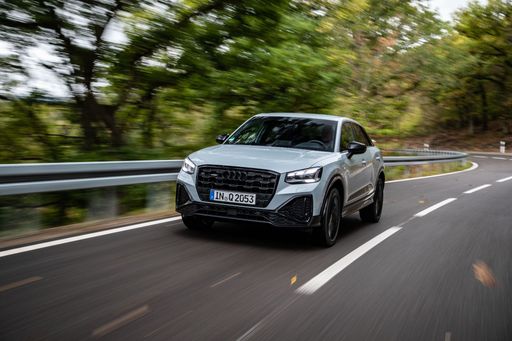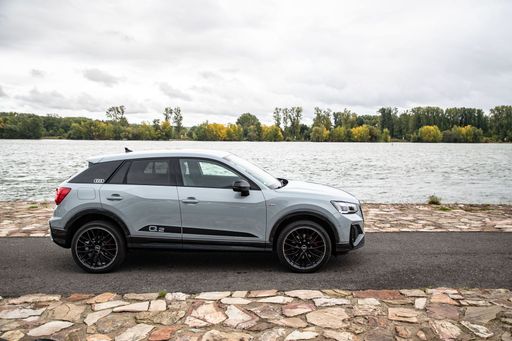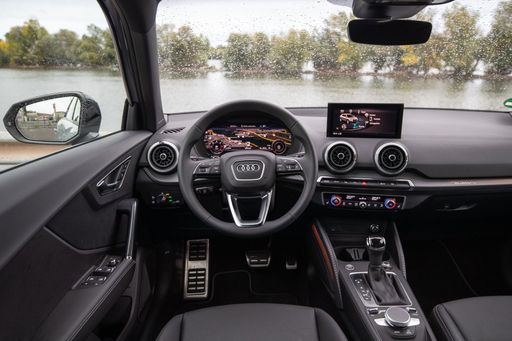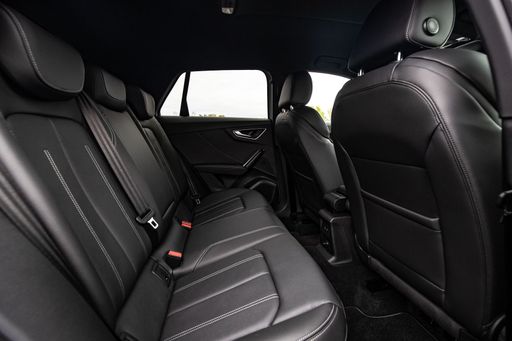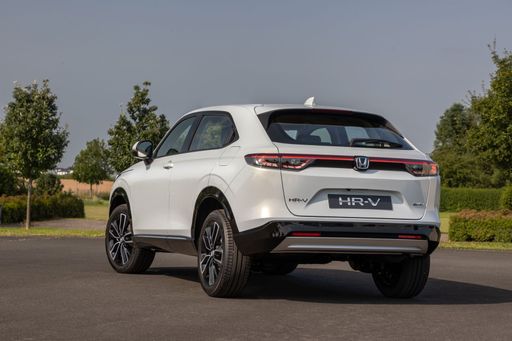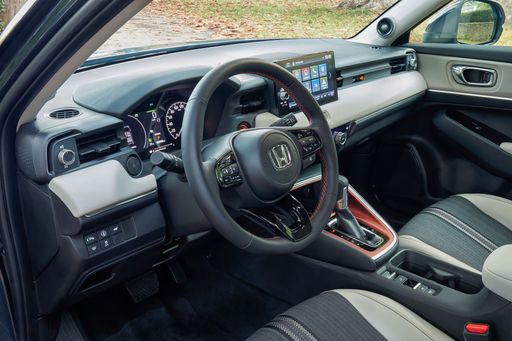Introduction to the Compact SUV Segment
The compact SUV segment has gained significant traction among car buyers in recent years, thanks to its blend of style, utility, and comfort. Today, we will compare two popular models: the Audi Q2 and the Honda HR-V. Each vehicle brings unique advantages and innovations to the table, appealing to different tastes and preferences.

